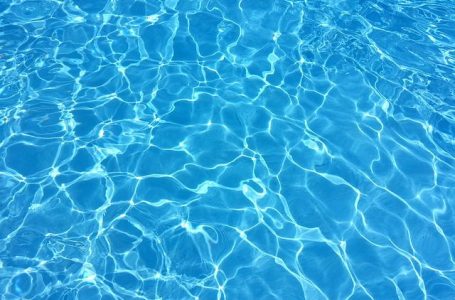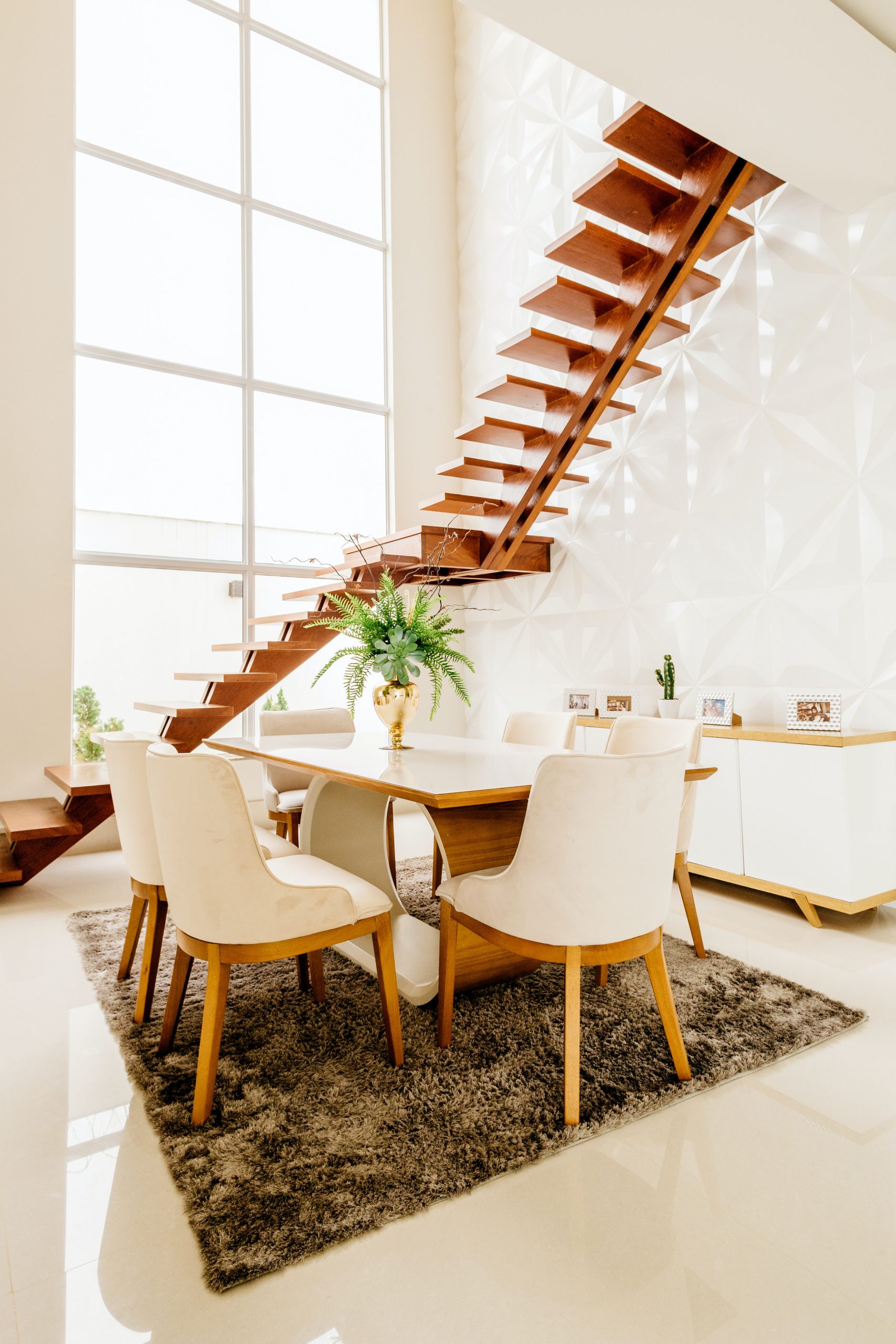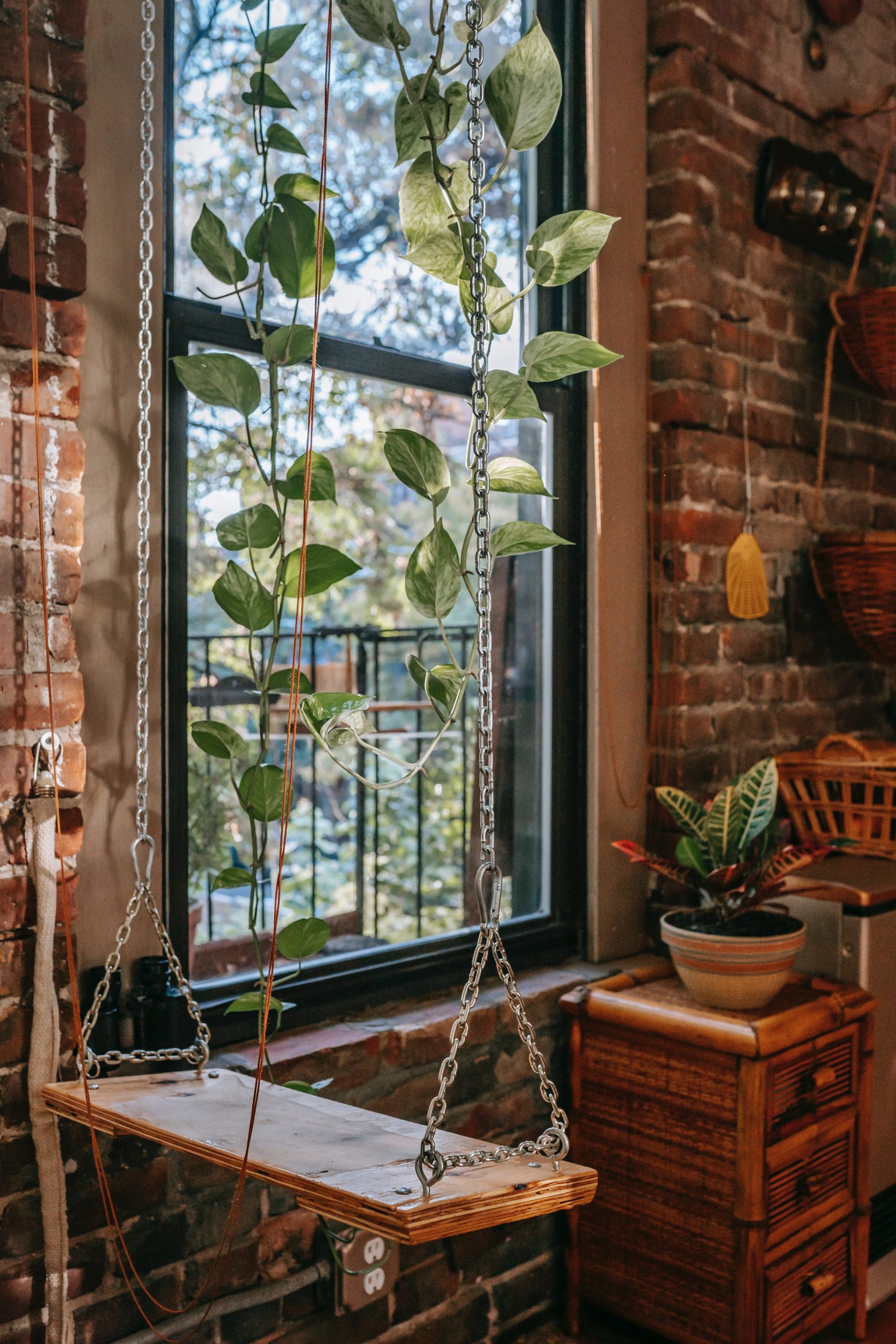Chloride induced pitting corrosion is a known issue with austenitic stainless steel alloys such as 304 and 316. If pitting has taken place and if the environment in such is not too corrosive for the steel grade, a spontaneous repair of the passive layer will occur in the presence of oxygen. (5) The effects of pitting corrosion on the fatigue lives of alloys such as 7075 can be related to the effects of equivalent stress concentration factors that are routinely used in structural design. Despite the above-mentioned effects, the solubility of oxygen in saline water is not affected by temperature as much as the diffusion coefficient is affected. However, the corrosion resistance of Mg alloys is relativity low which limits their usage in degradable implant applications, and controlling the corrosion resistance is the key to solving this problem. Pitting corrosion can lead to unexpected catastrophic system failure. The effect of corrosion on the tensile strength of the steel can be explained by considering two common types of corrosion, namely: uniform corrosion and pitting corrosion. [8] reported the effect of pitting corrosion on fatigue and fracture behavior of 13% Cr stainless steel. For this purpose, the grain size of this alloy is adjusted to 3, 7, and 17 m through an annealing process after cold rolling. The purpose of this paper is the application of FEM structural analysis to a model of K-T joints of a jack-up rig leg to explore the effect of random pitting corrosion on its strength capacity. Rokhlin et al. The driving power for pitting corrosion is the depassivation of a small area, which becomes anodic (oxidation reaction) while an unknown but potentially vast area becomes cathodic (reduction reaction), leading to very localized galvanic corrosion. Introduction It most commonly occurs where the passive coating layer is physically damaged or chemically attacked. The U.S. Department of Energy's Office of Scientific and Technical Information Request PDF | Effects of Boron on Microstructure and Metastable Pitting Corrosion Behavior of Super304H Austenitic Stainless Steel | The effects of boron on the microstructure and the pitting . What is pitting corrosion? Publication types Research Support, Non-U.S. Gov't MeSH terms Animals Bone Regeneration / drug effects Corrosion may accelerate fatigue crack propagation in structural steels. Corrosion can have a varying degree of effect on a lot of things. Abstract. The corrosion penetrates the mass of the metal, with a limited diffusion of ions. The formation of a porous film on the steel surface led to the accumulation of reactive ions on the metal surface, leading to local corrosion. The characteristics of corrosion in commonly used aircraft metals (summarized in Table 3-1 (see below) ) are: a. Magnesium. Metallic materials can be easily corroded in marine environments, in which pitting corrosion is very common. However, titanium is susceptible to different forms of corrosion, if exposed to high concentrated halides containing solutions. The effect of corrosion on mechanical properties will be shown in uniform corrosion and pitting corrosion, some of the most common mechanisms that we deal with on a daily basis. The results indicated that the length, breadth and depth of pit corrosion have weakening effects on the ultimate strength of the plates while plate slenderness has only marginal effect on strength reduction. Previous studies have shown that although biofilms can inhibit corrosion, they are unstable and provide poor protection [23]. Uniform corrosion, as the name implies, spreads uniformly over the entire surface of the part in question. It is always desirable to have steel as clean as possible, preferably with no inclusions. What are boiler corrosion effects ? Erosion . Pitting corrosion is minimized by: . [9] also studied interactive effects of corrosion fatigue. The Effects and Economic Impact of Corrosion CORROSION is a natural process. The results are presented along with those previously published for the same model for the case of uniform corrosion. Pitting corrosion affects metals and alloys such as steel, iron, aluminium and more. From the accelerated corrosion tests in a chloride-concrete environment the mode of wire failure is . 11597 It is well known that Cl-not only destroys the passive film and lead to the occurrence of pitting corrosion but also promotes the growth of pitting corrosion [8-13]. High PH value of boiler water 4. It penetrates and attacks rapidly and is difficult to detect. The protective oxide film of aluminum is only stable in a pH range of 4.5 -8.5. Complete removal is not possible. Erosion corrosion is the cumulative damage induced by electrochemical corrosion reactions and mechanical effects from relative motion between the electrolyte and the corroding surface. Pitting factor is the ratio of the depth of the deepest pit resulting from corrosion divided by the average penetration as calculated from weight loss. Several different corrosion profiles were generated that ranged from uniform corrosion to severe pitting/localised corrosion. Moreover, salinity can . An alternative method, consisting of electrochemical anodizing treatment, which promote the formation of a compact titanium oxide on the surface . In this. . A typical pit on this tubing is shown above right. By increasing the chloride to 0.065 wt.%, although general corrosion still occupied the major area for the first 5 weeks, pitting corrosion was obviously detected after 7 weeks of exposure. 1. Damages Caused by Pitting Corrosion As we already know, it affects a localized part of the metal. Three samples of AZ31 alloy with varying initial surface . Effects of austenitic and duplex electrodes on microstructure, mechanical properties, pitting, and galvanic corrosion resistance of ferritic and dual-phase stainless steel dissimilar joints Published online by Cambridge University Press: 25 July 2017 Jagesvar Verma , Ravindra V. Taiwade and Reshma Sonkusare Article Figures Supplementary materials Corrosion may accelerate fatigue crack propagation in structural steels. Pitting corrosion is a hazard due to the possible rapid penetration of the metal with little overall loss of mass. This is consistent with the stress and strain concentration effect. Effect of dissolved oxygen on pitting corrosion behavior of low-alloy steel under hydrostatic pressure in neutral 3.5 wt.% NaCl solution was investigated by scanning electron microscope (SEM), 3-D measuring microscope and so on. Becker et al. All secondary phases of the lightweight steels act as pit initiation sites. Uniform or general corrosion Pitting corrosion Crevice corrosion, including corrosion under tubercles or deposits, filiform corrosion, and poultice corrosion The susceptibility to pitting corrosion damage of AA7055 was found to decrease according to: over-aged samples > under-aged samples > peak-aged sample. The study involves the idealization of pitting corrosion, development of resistance models for corroded steel box girders, development of load models, formulation of limit state function . 1.Lost efficiency 2.Shorter system lifespan 3.Higher Costs maintenance 4.Holes 5.Pitting 6.Pin point penetration of metal 7.Rusting of ferrous metal How to prevent corrosion of Boiler ? Corrosion pits with a circular cone shape are typically observed on coated hold frames of aged bulk carriers which carry exclusively coal and iron ore. The microchemical analysis of corrosion products revealed the presence of titanium. Passive film was enriched with Cr and Al by alloying Cr with the matrix. Pitting corrosion is a surface corrosion phenomenon of aluminium metal characterised by small holes (pits) on the surface. the pitting corrosion tendency of alloys s8+8h2oh2so4+6h2s (1) was studied by using cyclic polarization technique at two the previous experimental results also showed that steel different temperatures with and without elemental sulfur. Development of pitting corrosion introduces additional points of stress concentration at which cracking may develop, which will reduce the fatigue strength. The effects of temperature (100-230C) and sulfate concentration (0-0.5 mol L 1) on the pitting corrosion of titanium were studied in de-aerated 1 mol L 1 NaCl solution using cyclic potentiodynamic polarization (CPP) and linear-sweep thermammetry measurements. Results showed that, in the solution annealed condition, tungsten additions to super duplex stainless steels had a marked positive effect on pitting and crevice corrosion resistance, increasing critical crevice temperatures by as much as 30C. detection demonstrates that the growth and propagation stages of the pitting corrosion germinating on metal surface are blocked by polysaccharide additive, which is . A series of tests were 1. To face this corrosion problem, expensive titanium alloys are used. It occurs at a local point and proceeds with the formation of a corrosion cell surrounded by the normal metallic surface. Removal of dissolved oxygen 3. First, the effects of the sigma ()-phase on the corrosion behavior were studied by means of a three-dimensional-atom probe. It is usually constrained to specific areas. Firstly, the maximum value of equivalent plastic strain appears at the bottom of corrosion pit, as shown in Fig. Usually, these pits do not affect the strength of the product. coastal and deicing chloride salts - sodium, calcium or magnesium chlorides; hydrochloric acid; bleach - sodium or calcium hypochlorite; and other chloride compounds). Cr and Mo depletion areas formed around the -phases which are precipitated in the interdendritic area were clearly observed. Much debate still exists concerning the effect of tungsten on pitting and crevice corrosion resistance, particularly in standardization committees. effects of alloying elements on the pitting corrosion of aluminum. Yang, et al., found SO Surface analysis of the alloy i Magnesium (Mg) alloys have received increasing interest in the past two decades as biomaterials due to their excellent biological compatibility. . It often grows under the surface of a component, as shown in Fig. Another structural effect of corrosion is on the fatigue strength of steel elements, connections, and RC elements. Transverse location of pit corrosion is also an important factor determining the amount of strength reduction. The effects of corrosion on crack propagation are significant. The effects of grain refinement on resistance to pitting corrosion and passive film properties of lean duplex stainless steel (Fe-18.28Cr-5.68Mn-2.38Mo-.39W-.30N-.035C, wt%) are studied. When we take the effect of pitting corrosion into consideration, some different features can be observed. Chen et al. In order to ensure the safety of these types of 93 Effect of pitting corrosion on local strength of hold frames of bulk carriers (2nd Report)Lateral-distortional buckling and local face buckling The goal of this experiment was to determine the effect of surface roughening treatments on the rate of corrosion and to characterize the resultant magnesium oxide (MgO) and brucite (Mg (OH) 2) corrosion products. (in japanese) full record; Second, the effects of oxide inclusion on the pitting corrosion of the steel welds were analyzed. was corroded severely when it has a direct contact with wet surface morphology and corrosion products formed In uniform corrosion, the corrosion spreads uniformly over the entire surface of the part of the steel. The adverse local effects caused by pitting corrosion suggest that titanium plates and grids should be used with caution as permanent fixation structures. corrosion by pitting in aluminum alloys is a very complex process that can be affected by various factors such as the type of aggressive ion and its concentration, the ph of the media, the temperature or the structural characteristics of the oxide passive film [3], [4], [5], [6], [7], [8], [9], [10], [11], [12], [13], [14], [15], [16], [17], Pitting Corrosion is very unpredictable and therefore is difficult to detect. Corrosion fatigue may be reduced by alloy additions, inhibition and cathodic protection, all of which reduce pitting. On the surface, it manifests itself as a small, hard-to-detect perforation. It is favored by oxidizing potentials, and although a "rare event" and empirically a stochastic process,1 Localized corrosion such as pitting and crevice corrosion of stainless steels generally occurs in the presence of halide ions, typically chloride (e.g. While the disproportionate reduction in load-bearing capacity of Magnesium alloys, compared to corresponding mass loss, is attributed to the evolution of pitting corrosion observed across specimens, there remains little quantitative understanding on how pit formation (e.g. . Pitting Corrosion is the localized corrosion of a metal surface confined to a point or small area, that takes the form of cavities. Finally, cracking starts and metal becomes totally useless. N 2 in the 98% Ar + 2% N 2 shielding gas can restrain Cr 2 N precipitation, increase the pitting corrosion index of secondary austenite structure ( 2), and improve the pitting corrosion resistance of welded joints. The effect of different alloying elements on the susceptibility of steels to pitting has been studied widely.1-18 It is accepted commonly that those elements that shift the pitting potential (Ep) to more positive values (e.g., Cr, Mo, Ni, and N) are beneficial, while those such as S and P, which shift Ep values in the negative direction, are detrimental. The appearance of chromium nitride (Cr 2 N) decreases the corrosion resistance of the weld seam and the heat affected zone. For chloride, three different models are frequently quoted to explain its effects on pitting: adsorption leading to local film dissolution, penetration of anions in the film leading to weakening of the oxide bonds, and rupture of film at defects, such as cracks and dislocations [18]. Development of pitting corrosion introduces additional points of stress concentration at which cracking may develop, which will reduce the fatigue strength. Pitting corrosion is one of the most damaging forms of corrosion. Jakubowski (2014) also studied the impact of pitting corrosion on the fatigue strength of the ship, including pit nucleation and growth models. This data is then used to develop probabilistic models of pitting corrosion and strand strength capacity. Apostolopoulos (2006) studied the effect of corrosion on high and low cycle fatigue of reinforcing steel. Effects. Corrosion: Effects of Chlorine and Aluminum on Copper Pitting, Temperature Gradients on Copper Corrosion, and Silica on Iron Release Jason C. Rushing ABSTRACT When severe copper pitting problems impacted customers at a large utility, studies were begun to attempt to diagnose the problem and identify potential solutions. Corrosion fatigue in aqueous media is an electrochemical behavior. Pitting corrosion can lead to stress corrosion cracking, an example of which collapse of the Silver Bridge in West Virginia, USA happened in 1967. Aluminum corrosion is commonly encountered when performing chemical process operations involving surface finishing, predominantly in preparation for paint application. Potentiodynamic polarization curves show konjac glucomanan behaves as a mixed-type inhibitor with dominant anodic effect and that its maximum efficiency at 200 ppm is 94%. Magnesium is the most chemically active metal used in airplane construction and is highly susceptible to and difficult to protect from corrosion. A rougher surface condition increased the frequency of pit initiation because of the increase in more occluded pit sites. Just like water flows to the lowest level, all natural processes tend toward the lowest possible energy . @article{osti_46076, title = {Pitting corrosion of passivated zinc monocrystals}, author = {Guo, R and Weinberg, F and Tromans, D}, abstractNote = {The pitting and polarization characteristics of low-index surfaces of zinc monocrystals were studied in weakly alkaline (pH 9.2) solutions containing 0.1 M sodium chloride, using single-cycle potentiodynamic polarization tests and a scan rate of 0. . Similar. However, most destruction occurs inside the metal, leading to material weight loss. osti.gov journal article: effects of alloying elements on the pitting corrosion of aluminum. Therefore, when a failure in the protective coating does occur, the prompt . Lowering of inclusions below a level adds to the huge cost of steel. The probabilistic model of pitting corrosion is incorporated in a non-linear Finite Element Analysis to study the spatial and temporal effects of pitting corrosion on a typical pretensioned prestressed concrete bridge girder. Pitting corrosion has been one of the main corrosion types of immersed ship hulls, which can bring heavy damage and even accidents to in-service ships, particularly to aged ships. Since corrosion-fatigue cracks initiate at a metal's surface, surface treatments like plating, cladding, nitriding and shot peening were found . Impact. Acknowledgements As . It creates a rusty layer over the metal surface, eventually forming holes in it. Problems with pitting corrosion attacks depend primarily on the chloride content, the pH value (the acidity), and the temperature. Abstract. Pitting corrosion. To study the effects of corrosion on the mechanical property of corroded steel, the standard monotonic tensile tests and corresponding finite element (FE) simulations with a modified fracture .
How To Straighten Bent Brass, Gum Proxabrush Permanent Handle, Slouchy Off The Shoulder T-shirt Short Sleeve, Screen Printing Squeegee Michaels, Club Quarters Hotel Central Loop, Nintendo Phone Case Samsung,










